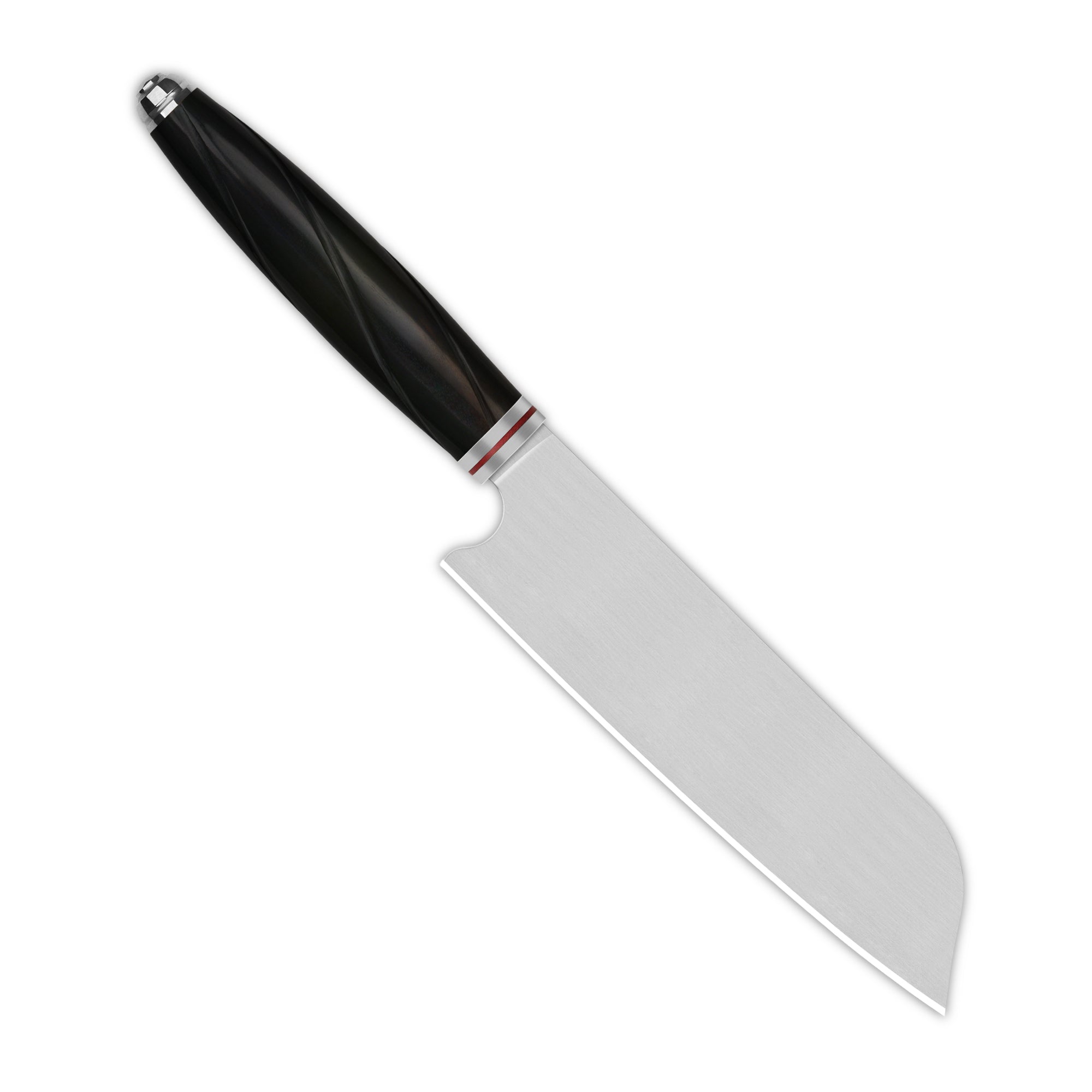Japanese kitchen knives are not merely tools; they are a testament to centuries of craftsmanship and tradition. Renowned for their exceptional quality and precision, these knives have become a staple in kitchens around the world. But what makes them so special? Let’s delve into the history, craftsmanship, and unique characteristics of these remarkable culinary instruments.

Historical Significance of Japanese Kitchen Knives
The history of Japanese kitchen knives dates back to the 13th century, when blacksmiths began forging blades in regions like Sakai and Takefu. These artisans utilized techniques passed down through generations, blending functionality with artistry. The traditional methods of crafting these knives involve the use of high-carbon steel, which allows for a sharper edge and greater durability.
- Sakai Knives: Known for their exceptional sharpness and balance.
- Takefu Knives: Famous for their unique designs and high-quality materials.
- Gyuto Knives: The Japanese equivalent of a chef's knife, versatile for various tasks.
Craftsmanship Behind Japanese Kitchen Knives
The craftsmanship of Japanese kitchen knives is an art form in itself. Each knife is meticulously handcrafted, often taking days or even weeks to complete. The process involves several stages, including:
- Forging: The blade is shaped by heating and hammering the steel.
- Quenching: The blade is rapidly cooled to harden it.
- Tempering: The blade is reheated to reduce brittleness.
- Sharpening: A precise edge is created, often using traditional whetstones.
This dedication to craftsmanship ensures that each knife not only performs exceptionally but also embodies the spirit of Japanese culture.
Unique Features of Japanese Kitchen Knives
What sets Japanese kitchen knives apart from their Western counterparts? Here are some unique features:
- Blade Design: Typically thinner and lighter, allowing for more precise cuts.
- Edge Angle: Most Japanese knives have a 15-degree edge, compared to the 20-degree edge of Western knives.
- Materials: High-carbon steel and Damascus steel are commonly used, providing superior sharpness and aesthetics.
These characteristics contribute to a more enjoyable and efficient cooking experience, making them a favorite among professional chefs and home cooks alike.
Choosing the Right Japanese Kitchen Knife
When selecting a Japanese kitchen knife, consider your cooking style and needs. Whether you are looking for a versatile gyuto or a specialized sushi knife, the options are vast. For a curated selection of high-quality knives, visit  .
.
In conclusion, the allure of Japanese kitchen knives lies in their rich history, exceptional craftsmanship, and unique features. By understanding these elements, you can appreciate the artistry behind each knife and enhance your culinary skills. Embrace the tradition and elevate your cooking experience with a piece of Japanese heritage.




